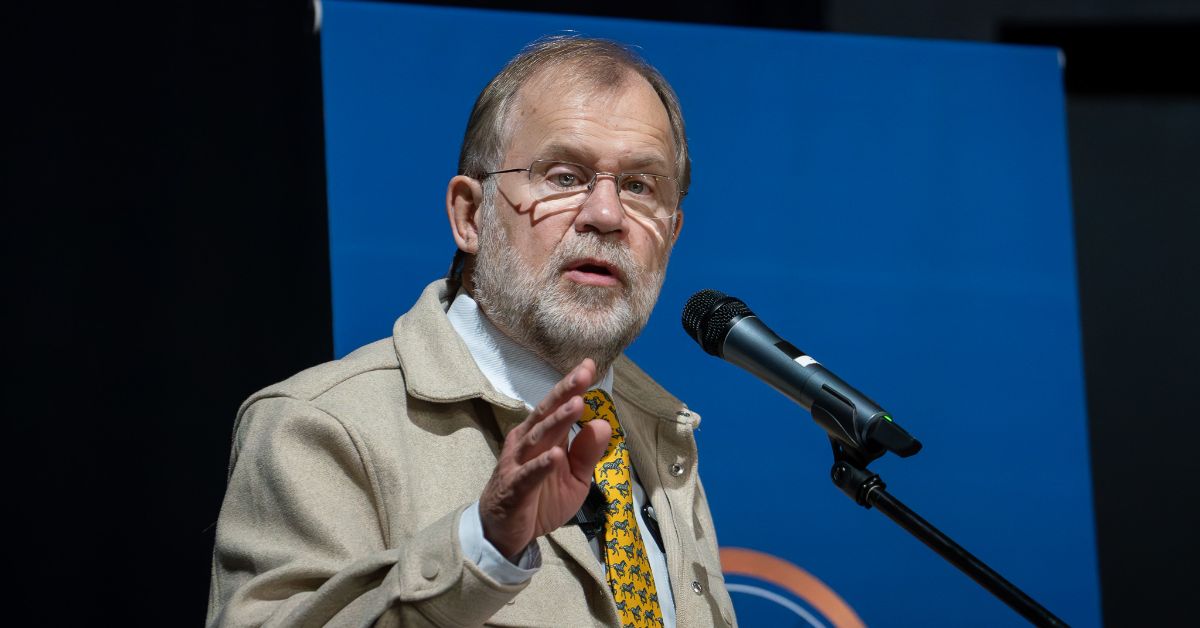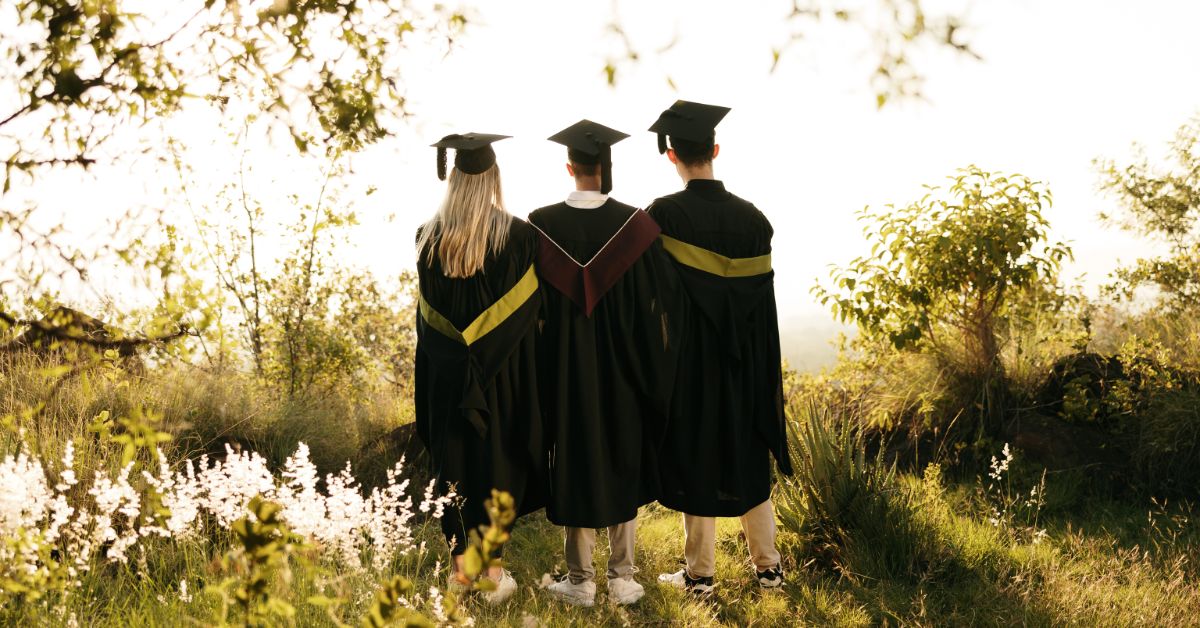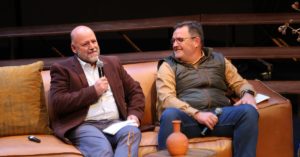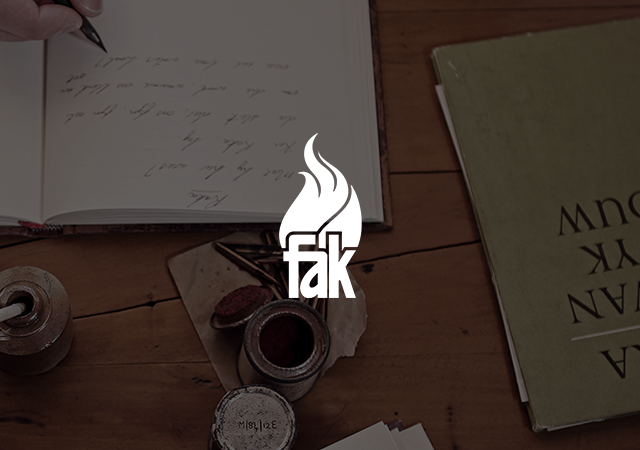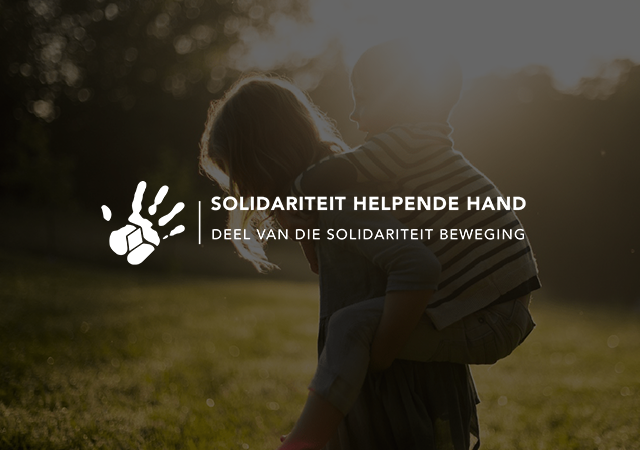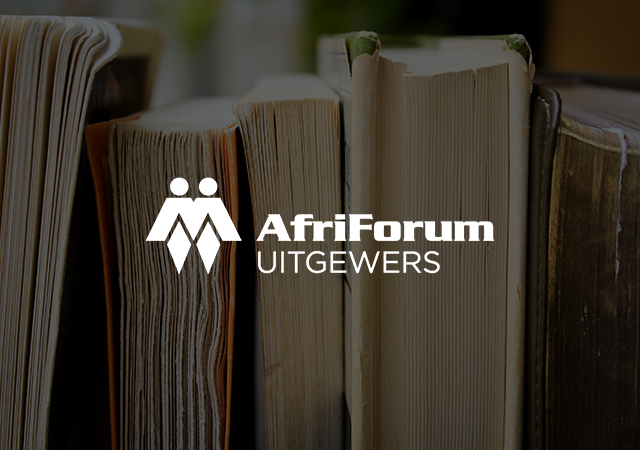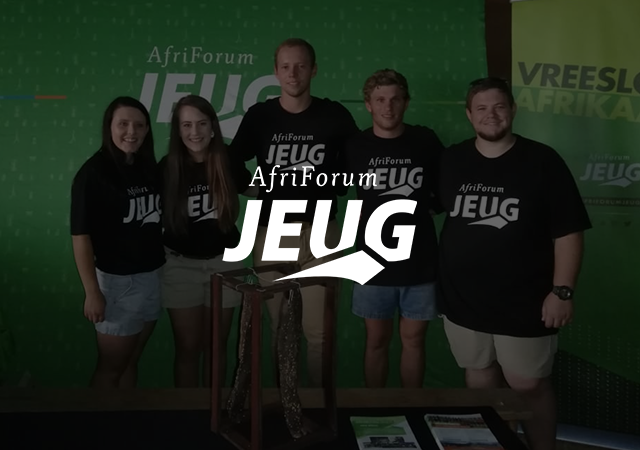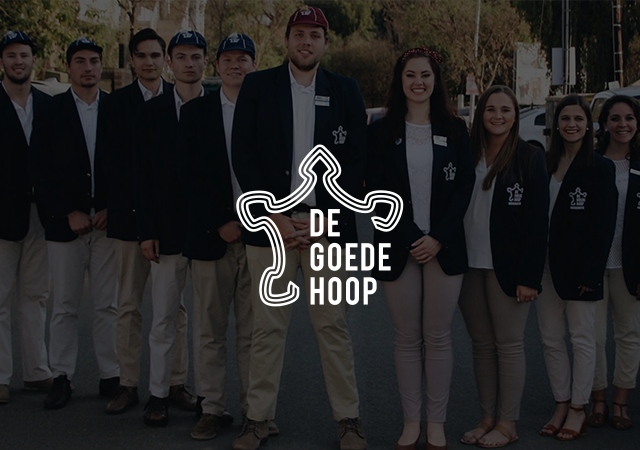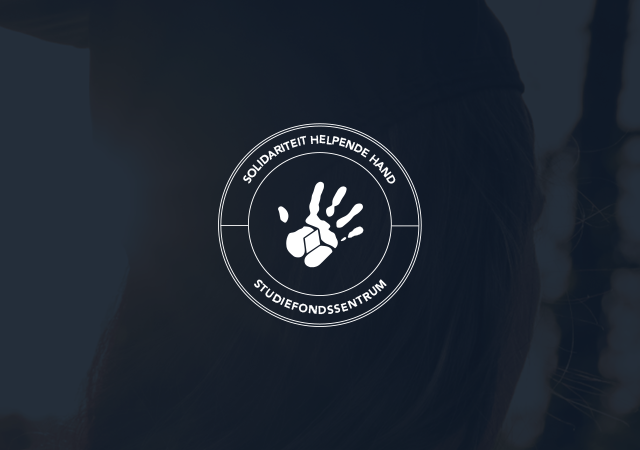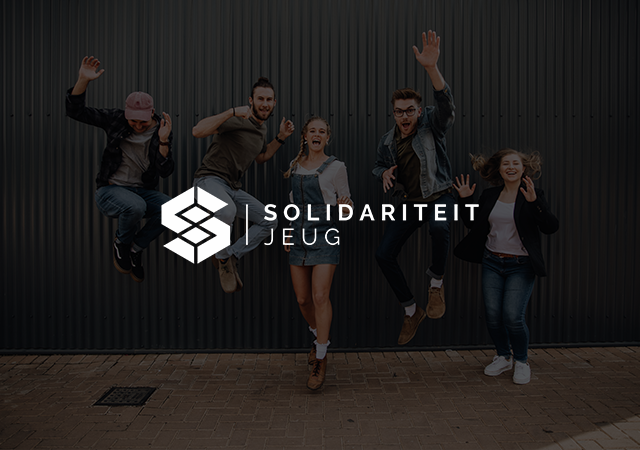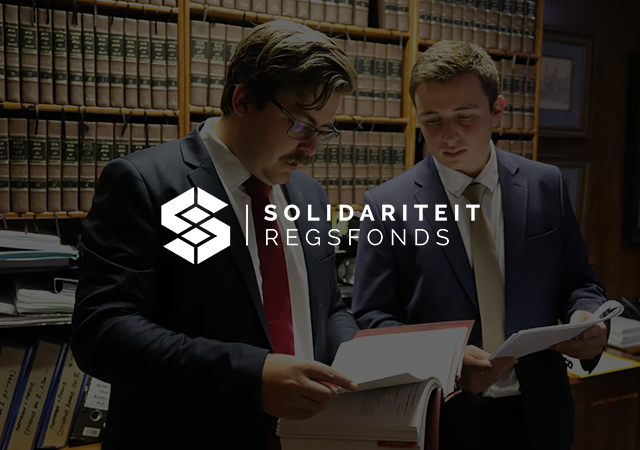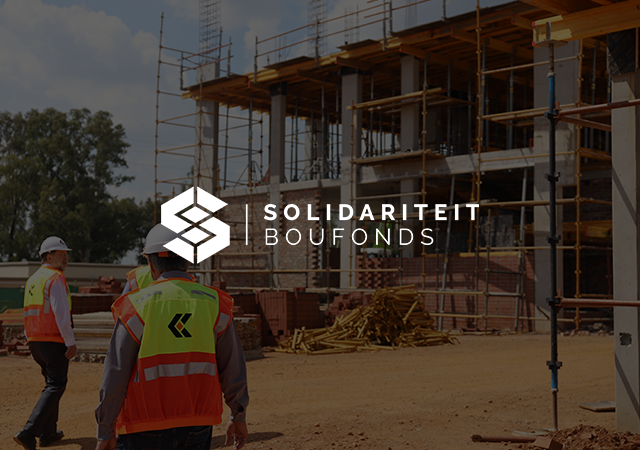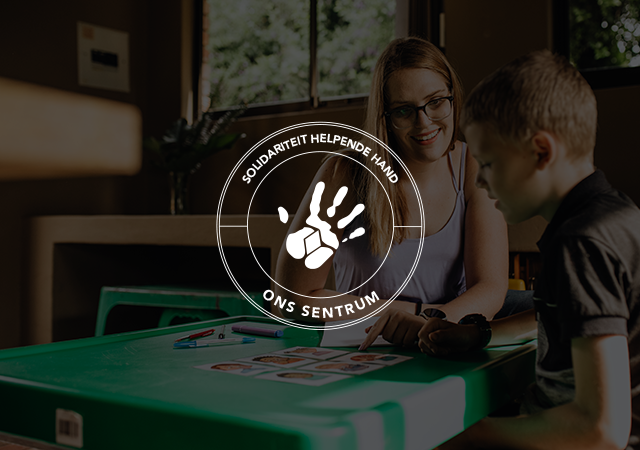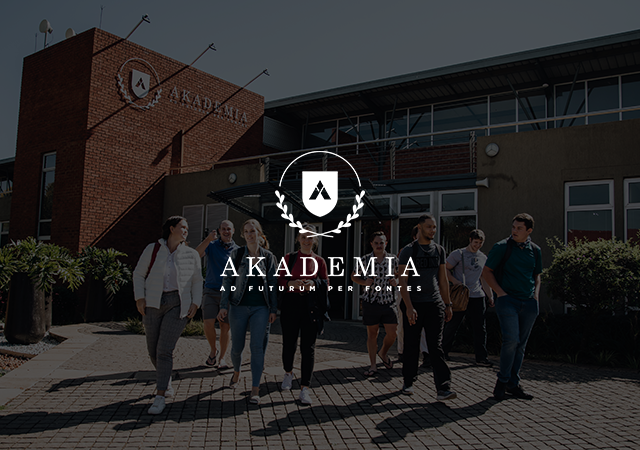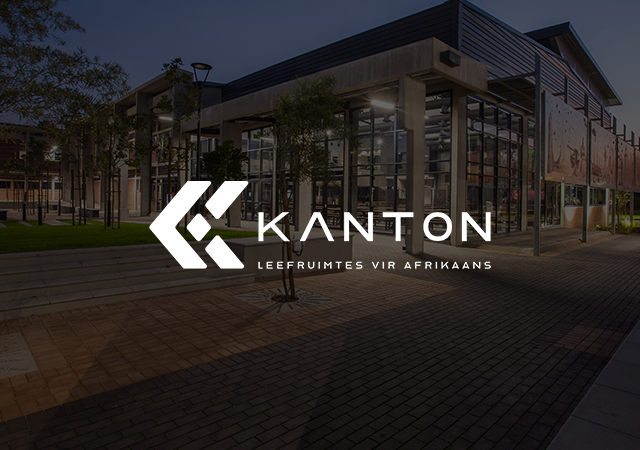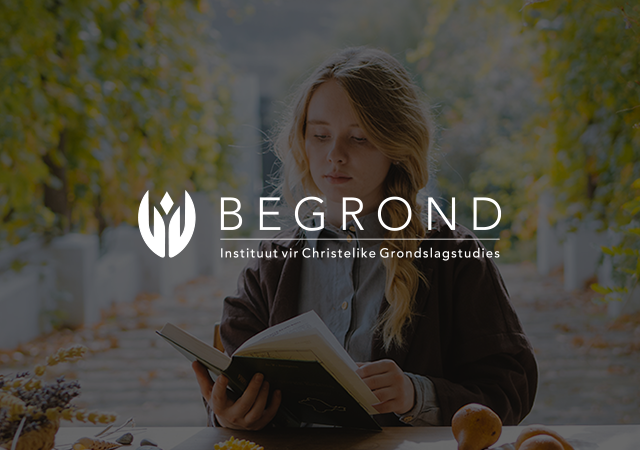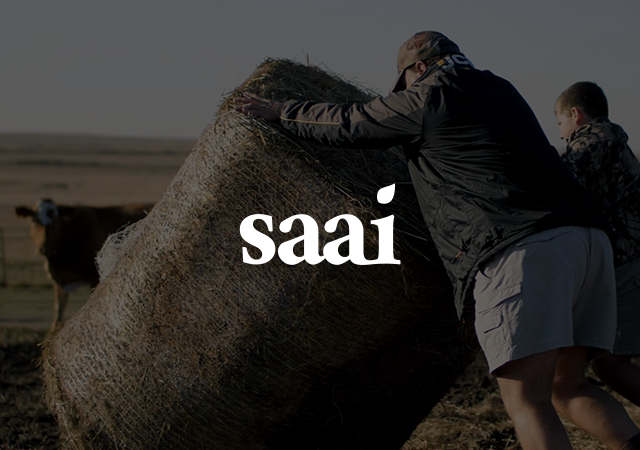Successful and resilient language and cultural communities are characterized by healthy, stable and flourishing education and career training. As far as the Afrikaans language and cultural communities are concerned, Akademia proudly carries the torch for the Afrikaans university system. As independent higher education institution from the Christian and classical university tradition, this institution unequivocally celebrates its calling as mother language study home and vocationally-driven there is being worked toward a free future.
Akademia: A hopeful alternative for Afrikaans speakers
Prof. Danie Goosen, academic head at Akademia, says that the institution represents a hopeful alternative for Afrikaans speakers within the South African university system. This vocation-driven right of existence is of great importance in a time where Afrikaans as primary language of instruction at public universities are dwindling or simply discarded. As community institution Akademia’s mission is to serve the academic ideals of a specific language and cultural community and to provide an academic home where both the mind and heart are shaped. According to Marthinus Visser, managing director of the institution, Akademia strives to offer more than world-class training. The institution is also associated to the classical role of the university system – to bring students to an intellectual, emotional and philosophical maturity. “Akademia continuously works in faith, hope and love to be of service to the community in this manner. In this way we establish a renewed Afrikaans university system,” Visser explains.From a humble beginning to a significant role player.
Since 2012 the institution offers various study options to students and developed quickly to a preferred Afrikaans study home. Except for five dynamic faculties, students also has the opportunity tot study via the full-time campus model or the after-hours distance model. The former is presented at the institution’s campusses in Centurion, and soon also in the Paarl, whilst the second option equips students from all over the country to complete their studies via the network of centres or the e-learning option. The latter also offers Afrikaans speakers from outside of South Africa the opportunity to study in their mother language. Akademia’s international footprint include countries such as Australia, Namibia, the Netherlands, New Zealand, Russia, Sweden, Thailand, the United Emirates and the United States of America.Thirteen years of growth
This year the institution looks back on thirteen years of presenting classes and according to Visser there will be purposefully be built on the positive momentum that was unlocked in the preceding years. According to Visser, this momentum gives more power to the institution’s mission statement as community institution. “Akademia has, over the course of its existence, already taken several major and significant steps, and meticulous work has been done to achieve goals in various areas. Whether it was the expansion of our academic programme offerings, the establishment of new student life traditions, geographical expansion opportunities, or the growth of staff and student numbers, the standard has been set high, and the foundation has been laid for an even greater impact,” Visser explains. From the registration of Akademia as an independent higher education institution on 3 January 2012 and with student numbers of 42 students over five programmes the institution has grown to about 3 800 students, five faculties and 23 programmes.Further expansion of the Afrikaans university system
Visser emphasises that Akademia is thankful to celebrate the growth of the past thirteen years, but that the institution is once again experiencing a renewed sense of vocational drive regarding its responsibility toward the future. “Akademia is now established and the time for deepening, broadening, and expansion has arrived. With our values as compass and our vision as the destination, we are dedicated to fulfilling this important task,” says Visser. From 2026, the institution will enjoy a campus presence in the Paarl in the Western Cape. This geographical expansion will not only expand Akademia’s existing footprint in the region, but will also strengthen its commitment to the community. Akademia’s campus dream, namely to establish a world-class residential campus in Pretoria where 5 000 full-time undergraduate students and about 1 500 postgraduate will be at home, is currently in its developmental phase. The target date for this project, in partnership with the estate development company Kanton, is set for January 2028. The Futurebuilder (Toekomsbouer) project offers members of the Afrikaans language and cultural communities the opportunity to not just dream of the future together, but to actively build together by way of donations, investments and testamentary bequests in order to make the campus dream come true. Please send an email to skenking@akademia.ac.za and one of the Akademia fund managers will be in contact with you to arrange a visit and to discuss the nature of your donation, contribution or legacy.A world-class campus the making. The achitect representation offers an outline of how the new Akademia campus will look.
The Futurebuilder campaign was launched to realise Akademia’s dream of a world-class residential campus in Pretoria in order to ensure the continued existence of the Afrikaans university system.

